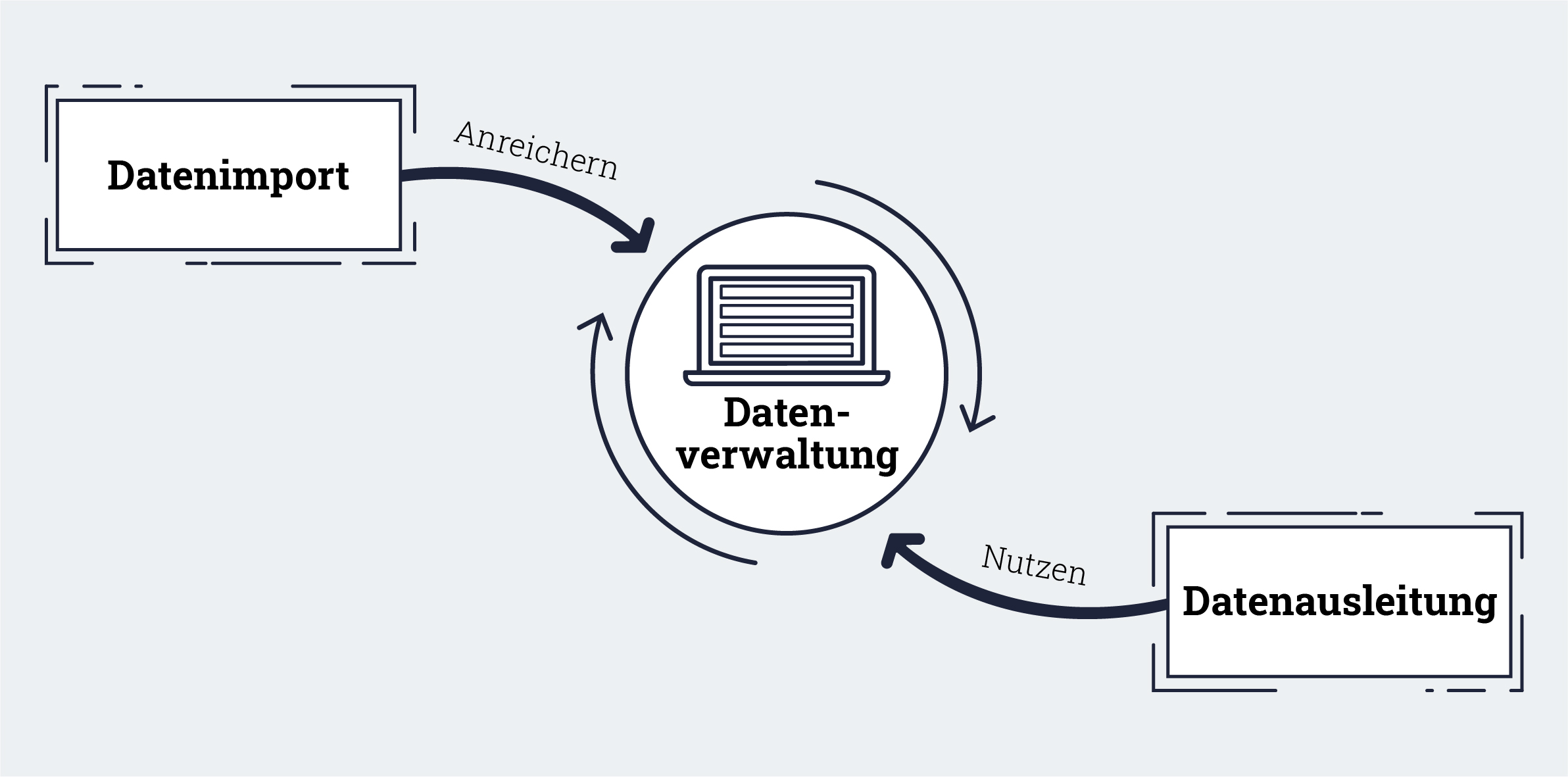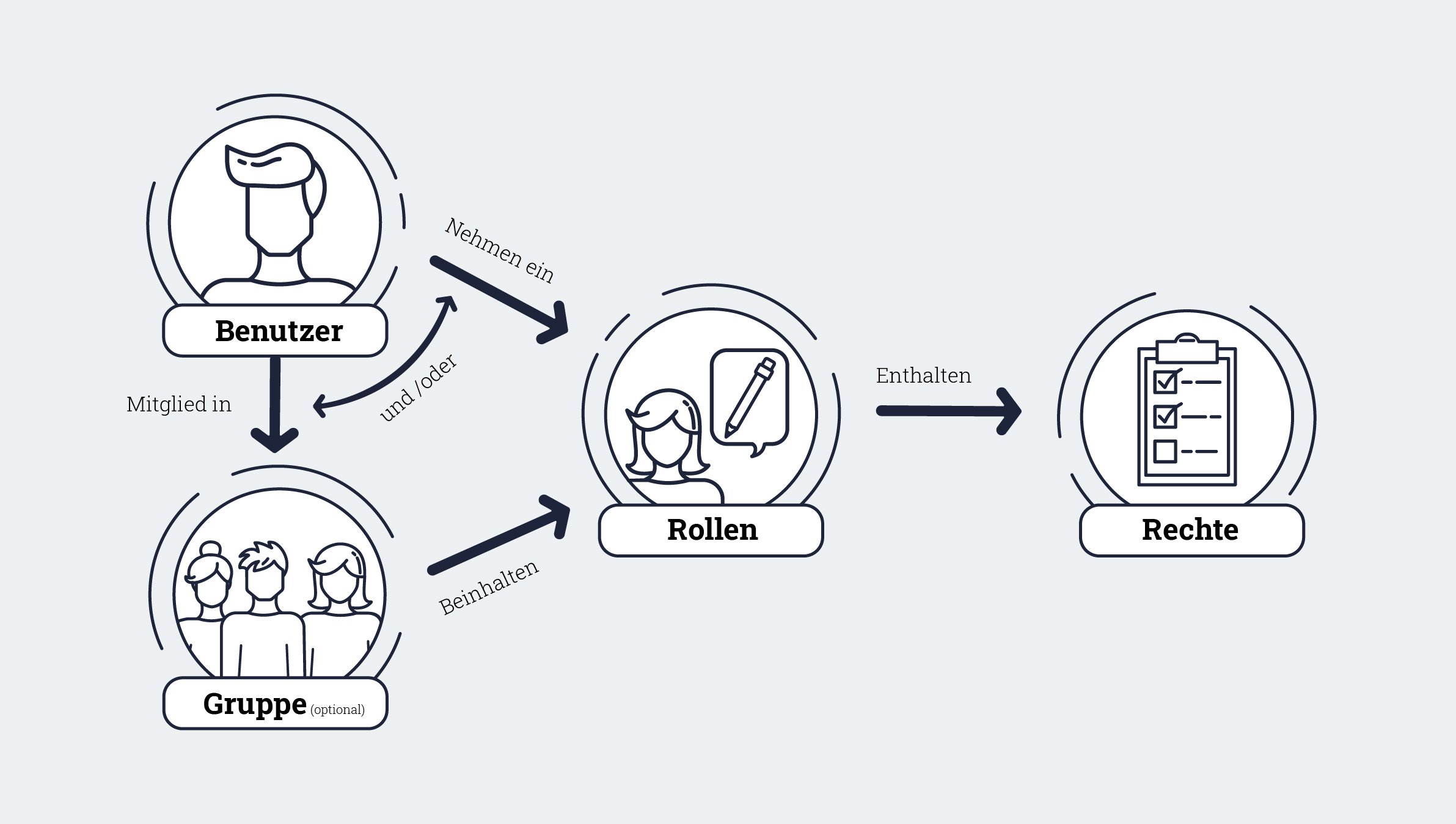Product communication is a teamwork effort. This also applies to the technical infrastructure. Companies process product data in a whole range of systems and in turn publish it on a variety of marketing platforms and distribution channels. Thanks to open interfaces, pirobase PIM networks with all output channels, thus providing a data hub for your product communication.
After importing from ERP, marketing systems, catalogue systems or Excel files, for example, the data can be corrected, supplemented, checked and released by the user. Finally, pirobase PIM converts and exports the quality-assured product data for the output channels and target groups.
Data from third-party systems can be added during the export process. Product prices are a good example of this. If a customer-specific price catalogue is to be created, the product contents for the catalogues are identical but the prices are different. In this case, these prices can be supplemented from a third-party system.
A data model can be imported and exported. This function enables you to create and check your individual data model in a secure test environment, for example. The tested data model can then be imported into the production environment. External administration and gradual transfer into your systems is also possible.


